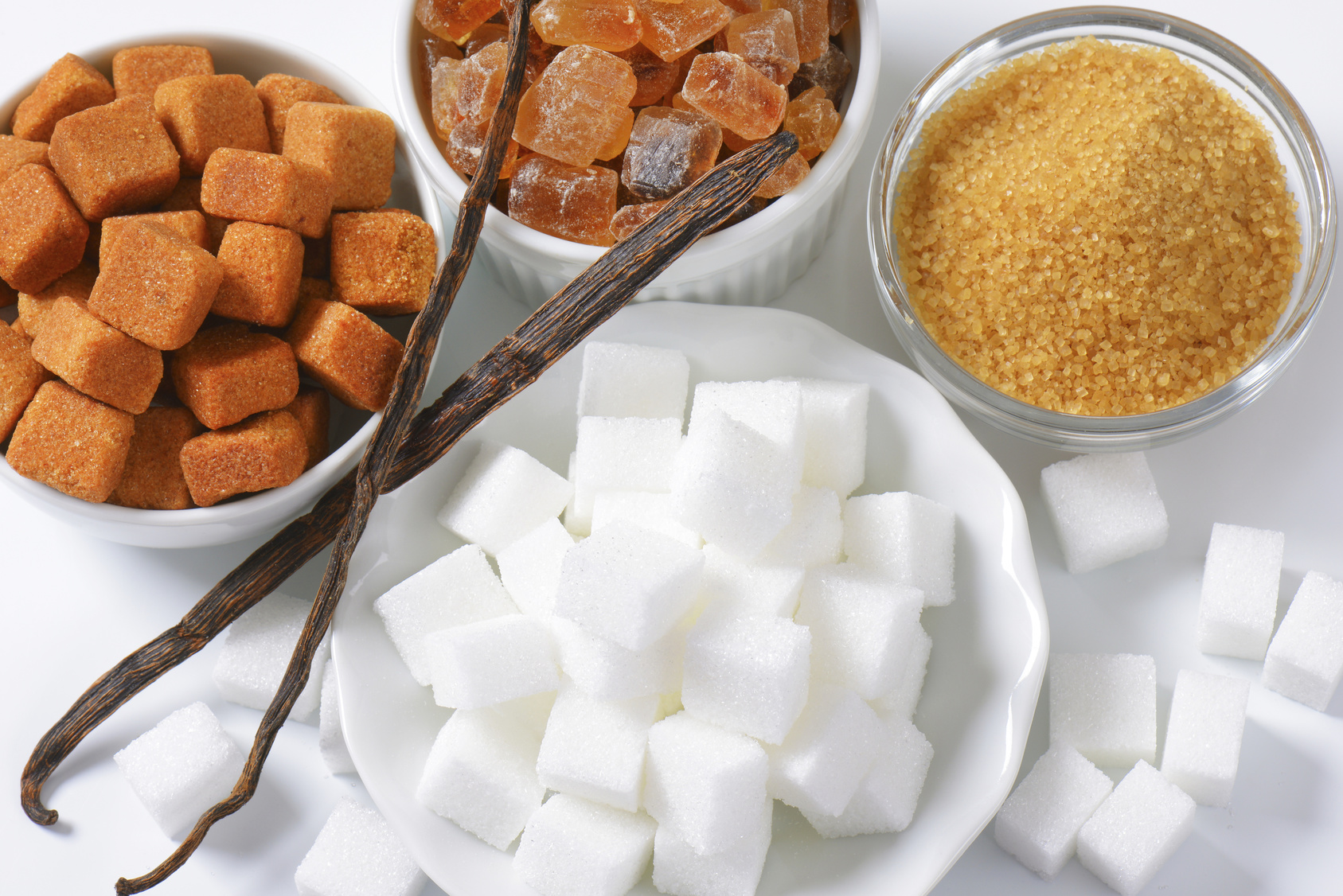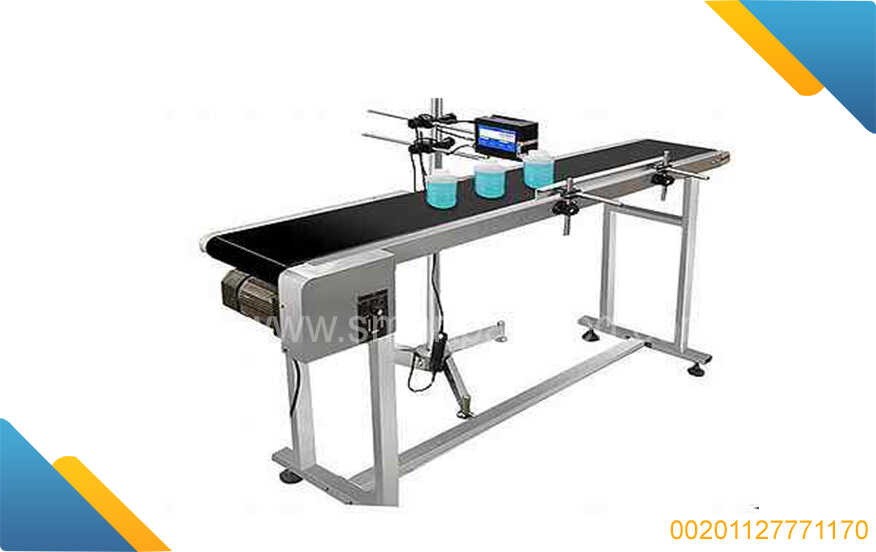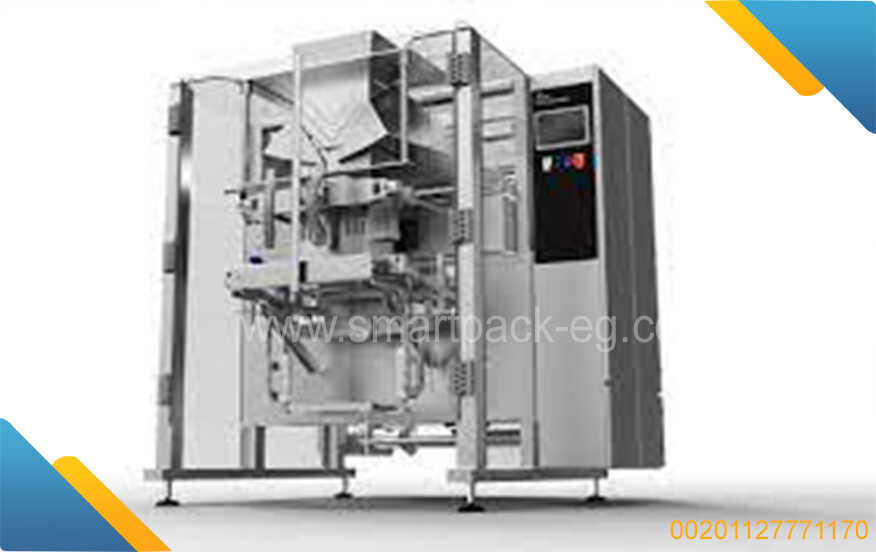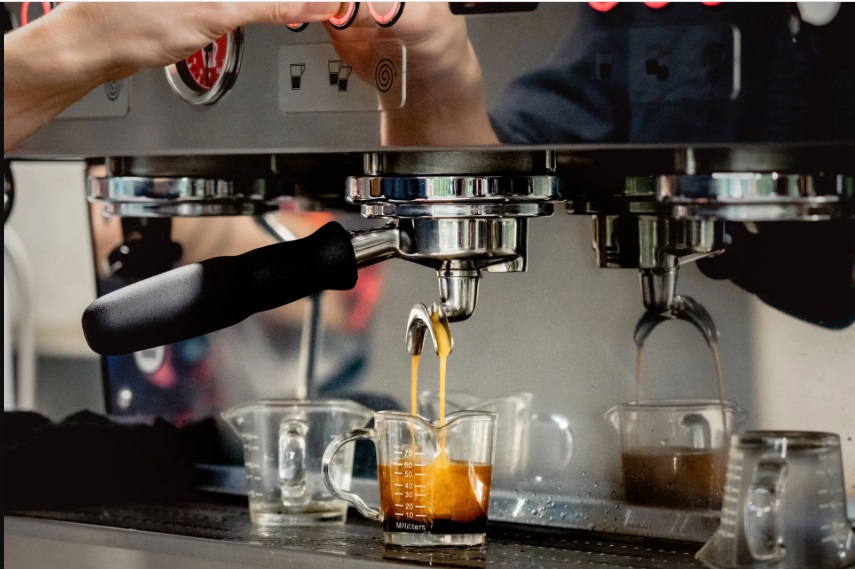Title: How To Guide: Project and Feasibility Study of Sugar Packaging Machines in Egypt
Introduction:
In this guide, we will walk you through the process of conducting a project and feasibility study for sugar packaging machines in Egypt. Whether you are a business owner, investor, or entrepreneur, performing a comprehensive study is crucial to determine the viability and success of such a venture. By following these steps, you can ensure that your project has a solid foundation and stands the best chance of achieving its objectives.
Step 1: Market Research and Analysis
Before embarking on any project, it is vital to understand the market conditions in Egypt for sugar packaging machines. Conduct thorough research to identify current market trends, existing competition, potential customers, and their preferences. This information will help you assess the demand and potential profitability of such a venture.
Step 2: Cost Estimation
Determine the costs involved in establishing and running a sugar packaging machine business. This includes capital expenditure for machinery, raw materials, labor, utilities, maintenance, and overheads. Create a detailed financial model that considers various scenarios, including different production volumes and market conditions.
Step 3: Technical Evaluation
Evaluate the different types of sugar packaging machines available in the market. Consider factors such as speed, accuracy, capacity, ease of use, maintenance requirements, and compatibility with different packaging materials. Engage with suppliers and seek demonstrations or references to gather insights on machine performance and reliability.
Step 4: Feasibility Study
Prepare a comprehensive feasibility study report that includes all the research and analysis conducted thus far. It should outline the market potential, cost estimates, revenue projections, return on investment, and risk assessment. Assess potential challenges such as regulatory compliance, logistics, distribution channels, and brand positioning.
Step 5: Business Plan Development
Based on the findings of your feasibility study, develop a detailed business plan for your sugar packaging machine project. Outline your objectives, target market, marketing strategies, operations, and financial projections. Include contingency plans and mitigation strategies for potential risks and challenges.
Step 6: Financing and Procurement
Assess the financing options available for your project. Explore government grants, loans, private investors, or joint ventures. Develop a comprehensive procurement plan considering machine sourcing, logistics, and installation. Engage with suppliers to negotiate prices, delivery schedules, and after-sales support.
Step 7: Implementation and Monitoring
Execute your project plan by procuring the required machinery, setting up the infrastructure, hiring skilled personnel, and acquiring necessary permits and licenses. Regularly monitor and evaluate the progress of your project against key performance indicators (KPIs) outlined in your business plan.
Step 8: Continuous Improvement
Regularly review and analyze your project's performance to identify areas for improvement. Keep an eye on changing market trends, customer feedback, and technological advancements to stay ahead of the competition. Continuously adapt your strategies to optimize efficiency, quality, and customer satisfaction.
Conclusion:
By following this step-by-step guide, you can conduct a successful project and feasibility study for sugar packaging machines in Egypt. Remember that thorough market research, accurate cost estimation, technical evaluation, and a well-developed business plan are essential for making informed decisions. Continued monitoring and adaptation will help ensure the long-term success of your venture. Good luck with your project!



 Admin
Admin 






